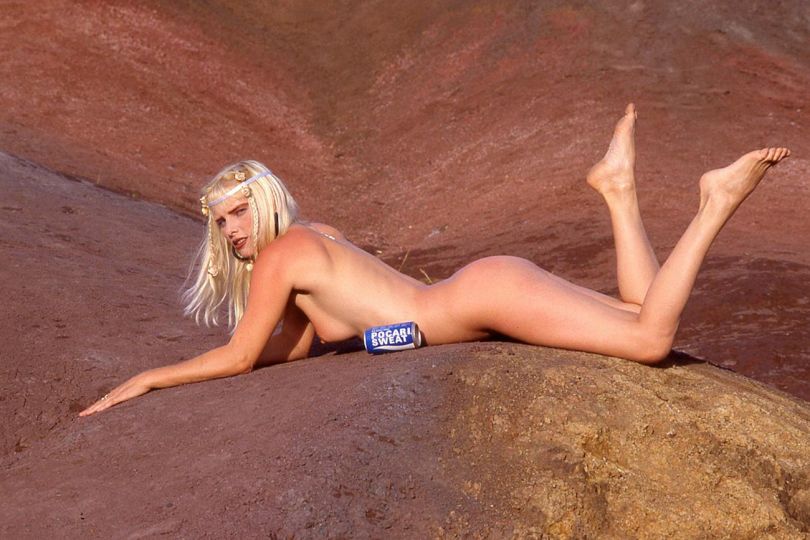FOREWORD
Sébastien Tixier
The ice field stops before me and opens out onto the calm, still depths beyond. I sit on the side of my motionless sled, a few meters from the water’s edge, atop this expanse of floating ice which stretches back over forty miles behind me to the nearest dwelling. I have reached the northernmost point of my journey, and as my thoughts begin to wander, I contemplate the extent of the contrasts I have seen throughout this vast territory, and at the heart of its people.
I traveled to Greenland at the beginning of 2013. I journeyed from the 67 th to the 77th parallel north until Qaanaaq, with the aim of recording the changes on film.
I have been fascinated by those who choose to live in hostile environments, especially in the remote lands of the North, from as far back as I can remember. Some of my favorite childhood memories involve stories of Inuit men and women living on the ice, hunting seals using age-old techniques. Today’s reality is very different to these clichés, and far more complex. For a year and a half, I immersed myself in the country’s history and current affairs, and grappled with the charming grammar of the Inuit language, Kalaallisut. As time wore on, it became apparent that my growing fascination for Greenland was not solely down to my anticipation of its pure, white landscapes, but that the socio-economic questions currently rocking the nation had found some kind of personal resonance within me.
Greenland is, undeniably, suffering the effects of climate change. Over the last few decades, its society has undergone a profound transformation.
In setting out to explore these themes on film, I did not have the intention – or the pretention – to produce a factual, documentary-style book. Despite thorough preparation, I felt like a foreigner when confronted with the originality of the environment, and this appears to come across in the wider framing of certain images, as if I felt compelled to take a few steps back in the snow to include ever-more context. Yet at other times, on the contrary, I felt that keeping my distance would have meant missing out on what was essential, thus denying my readers certain clues. I am used to patiently constructing my shots, but given that a simple breath freezes instantly on a viewfinder in Greenland, many of these photographs were exposed and set up in an improvised manner. It is the fruit of this hybrid approach – at once meticulously prepared yet unremittingly instinctive – that is presented in this book.
I was lucky enough to meet some incredibly interesting and welcoming people, who gave me an insight into their lives, from urban life in rapidly expanding “Western” towns, to nights in a tent pitched on the ice after hunting seals.
In these starkly different landscapes, supermarkets and cell phones are slowly making their way into Inuit culture, and traditional outfits made from animal hides are now only used in the North for sled journeys. Tradition and technology are blending together, and the extent to which lifestyles differ on this territory is considerable.
These radical and rapid changes raise questions about society and identity, and divide public opinion in Greenland, as illustrated by the last elections. Its people are torn between a desire to catch up with the modern world, and a feeling that they are an ice population which, like the ice itself, is slowly melting away.
“Allanngorpoq” in Greenlandic can be translated as “being transformed”.
Translation: Jennifer Le Carluer
PREFACE
Stéphane Victor
Yes, the Inuits of Greenland are changing just like the Artic wild is changing, heralding disruption for both. Yet when asked about these changes, most Inuits reply, “We have always adapted to change and will continue to do so. If we have to move further north to hunt and fish, we will.” They remain intrinsically nomadic, even if they are sedentary today. This “seal civilization”, as my father used to call it, continues to share seals as they have always done. While the changing circumstances (and environment) have led them to abandon their dog sleds for boats, they always bring their kayaks with them to hunt narwhals more discreetly. It is in the presence of this population, observing the wisdom of their attitudes towards nature, that I feed my soul, feel stronger and gain perspective. As an Inuit proverb points out, “Only time and ice are masters”. Opposing the elements is futile, nature is stronger; we must respect it.
These landscapes from the Far North are as fascinating as they are captivating, and the photos in this book convey the various atmospheres exceptionally well. You can feel the piercing cold sitting on the ice waiting for a seal to be caught, as well as the warmth emanating from inside the overheated homes.
No one goes to Greenland on a whim, and no one ever comes back the same.
Translation: Jennifer Le Carluer
FESTIVAL
Pluie d’images 2015
Allanngorpoq de Sébastien Tixier
Through February 27th 2015
Crédit Mutuel Arkéa
1 rue Louis Lichou
29480 Le Relecq Kerhuon
Tél. 02 98 00 22 22
















